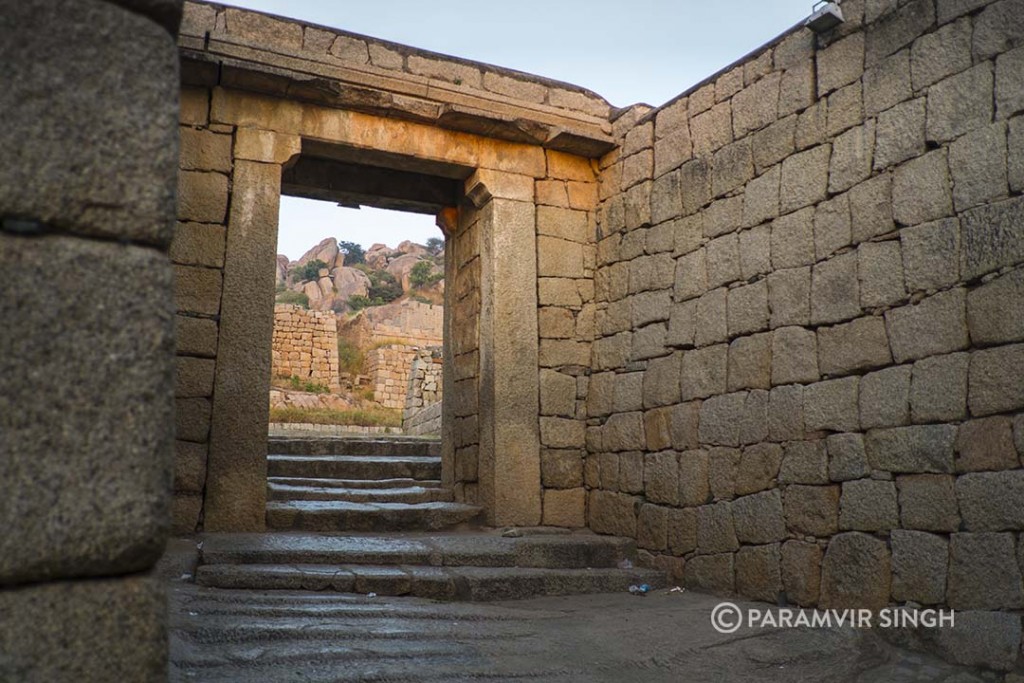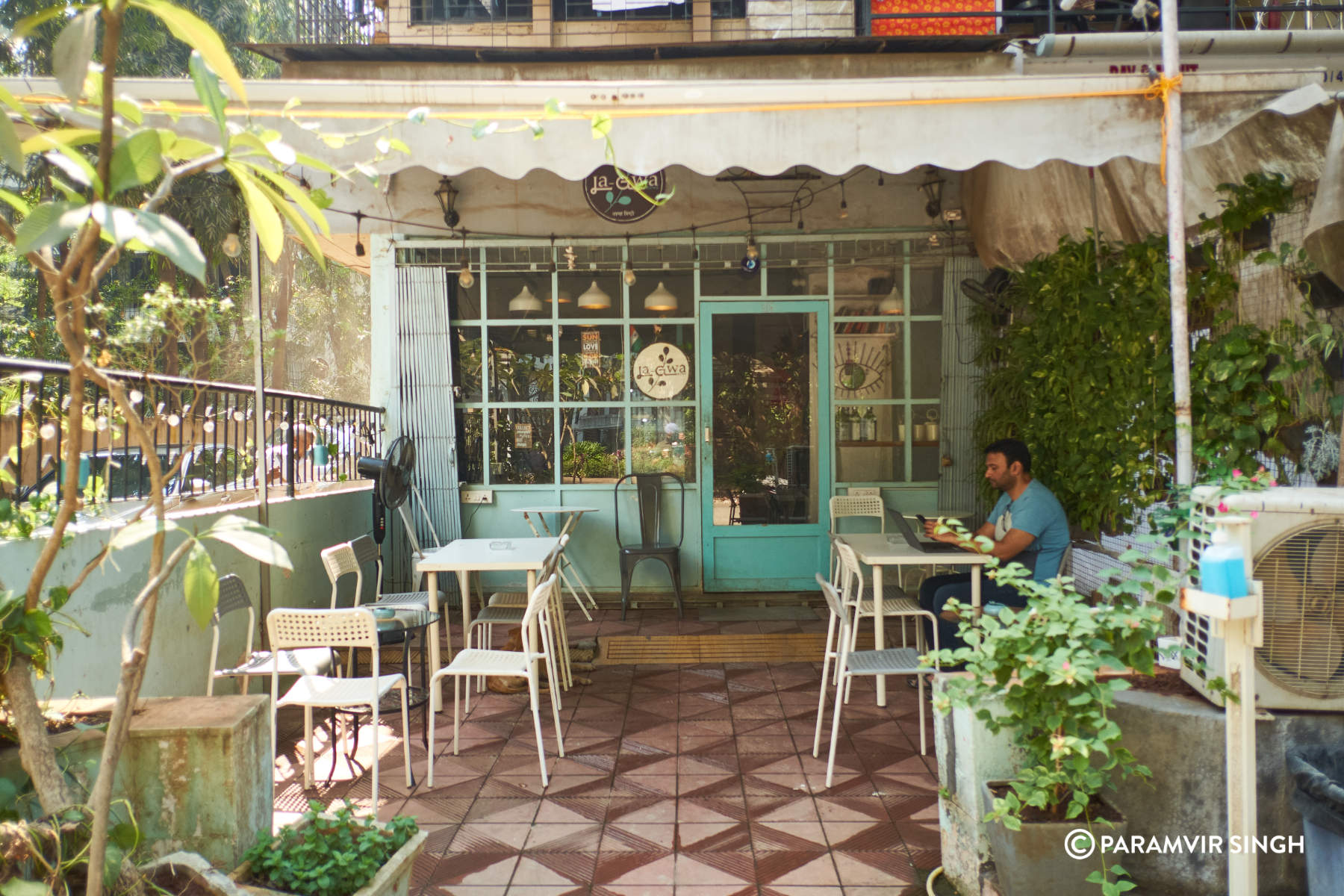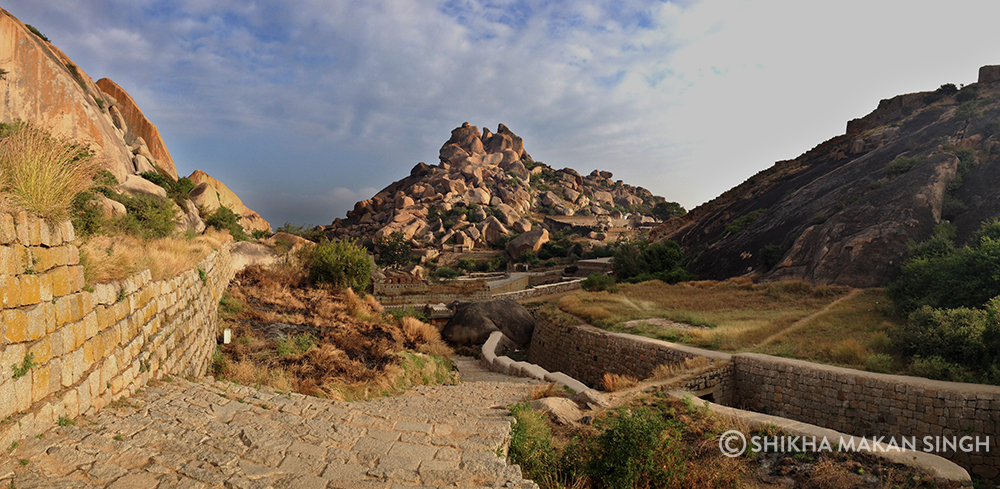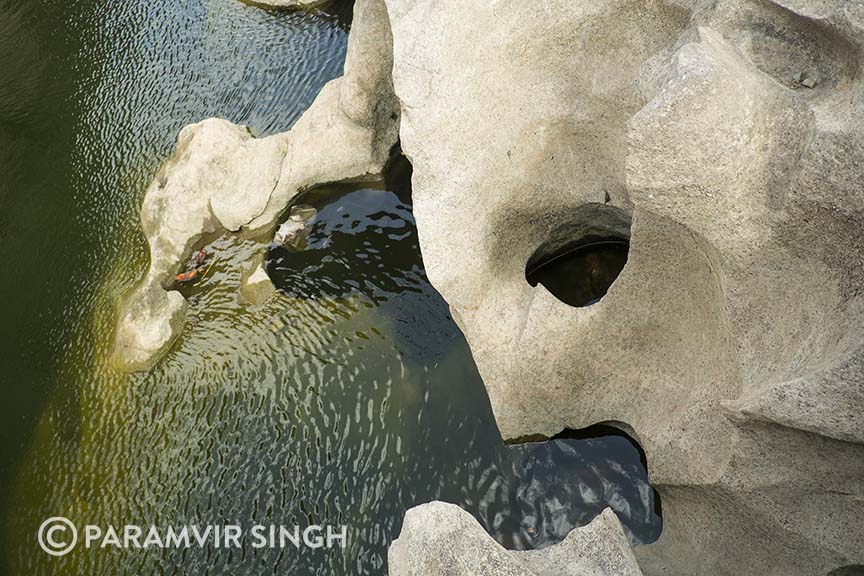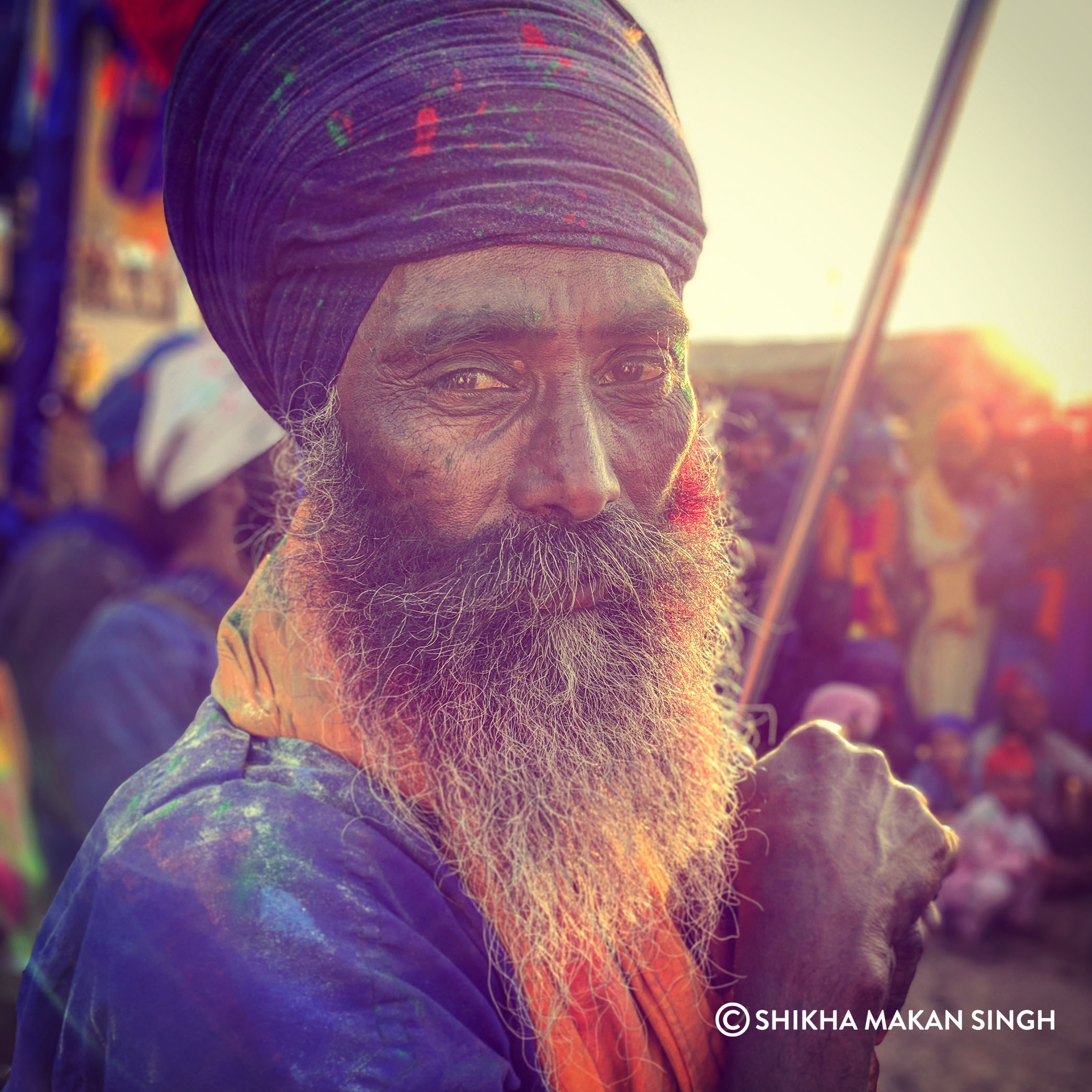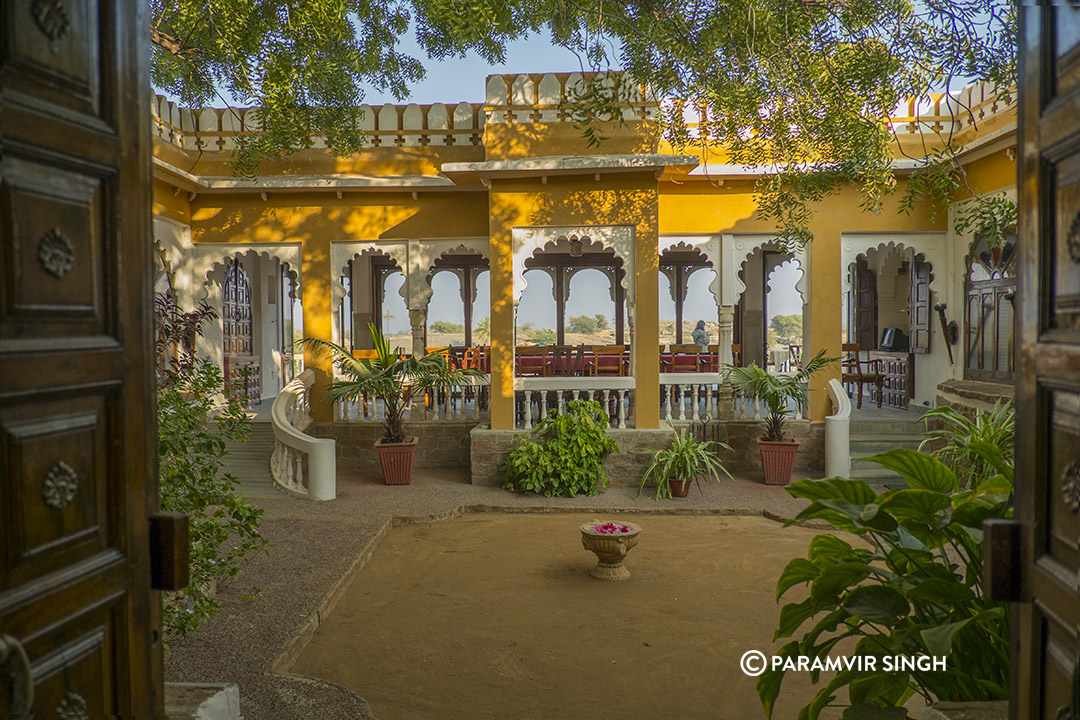On our way back from Coonoor, we took the NH4 (Mumbai – Pune – Bangalore Highway), and decided to take a break at Chitradurga. It’s a small dusty town, which is surrounded by small hills and many windmills. We had heard of an ancient fort at Chitradurga, and decided to visit it before leaving for Mumbai.
The fort is very close to the main highway, hidden behind hills. The fort doors open at 6am, and that’s the best time to see it, because of the light and the cooler weather. It is probaly the most beautiful fort we have seen in India. Not much remains today save walls and ruins, but one can make out what a magnificent fort it must have been in its time.
If you have time, do walk through the city. There are plenty of ancient buildings still standing.
From Wikipedia: Chitradurga Fort or as the British called it Chitaldoorg, straddles several hills and a peak overlooking a flat valley in the Chitradurga District, Karnataka, India. The fort’s name Chitrakaldurga, which means ‘picturesque fort’ in Kannada, is the namesake of the town Chitradurga and its administrative district.
Built in stages between the 17th and 18th centuries by the dynastic rulers of the region, including the Rashtrakutas, Chalukyas and Hoysalas as well as the Nayakas of Chitradurga, feudal lords in the Vijayanagar Empire, the fort is a marvel. The Nayakas of Chitradurga, or Palegar Nayakas, were most responsible for the expansion of the fort between the 15th and 18th centuries. They were defeated by Hyder Ali at Chitradurga in 1779. Later the fort was expanded and strengthened by Hyder Ali and his son Tippu Sultan,who succeeded Madakari Nayaka V, the last ruler of the Nayaka clan.
The fort is built in a series of seven concentric fortification walls with various passages, a citadel, masjid, warehouses for grains and oil, water reservoirs and ancient temples. There are 18 temples in the upper fort and one huge temple in the lower fort. Among these temples the oldest and most interesting is the Hidimbeshwara temple. The masjid was an addition during Hyder Ali’s rule.The fort’s many interconnecting tanks were used to harvest rain water, and the fort was said to never suffer from a water shortage.
